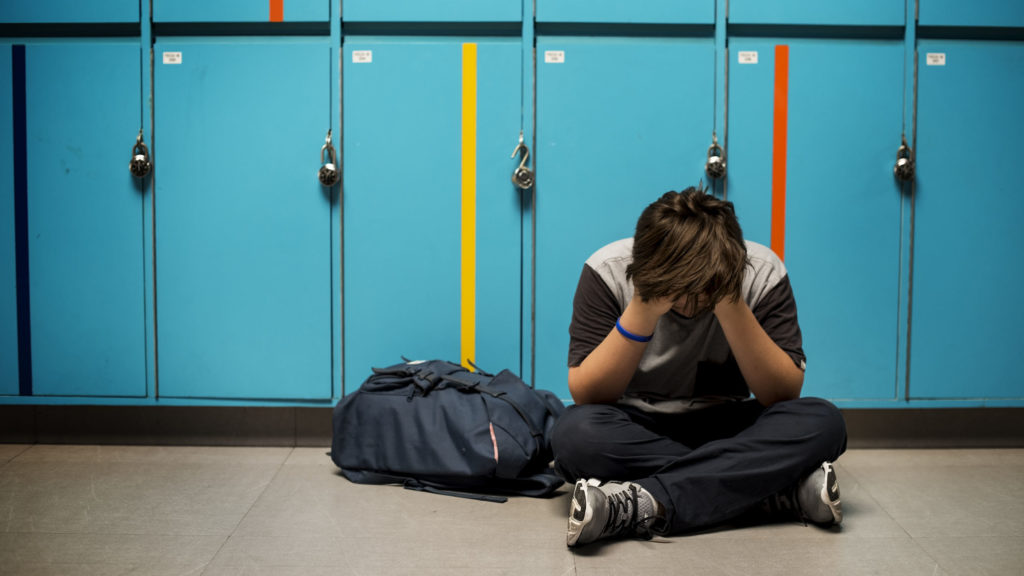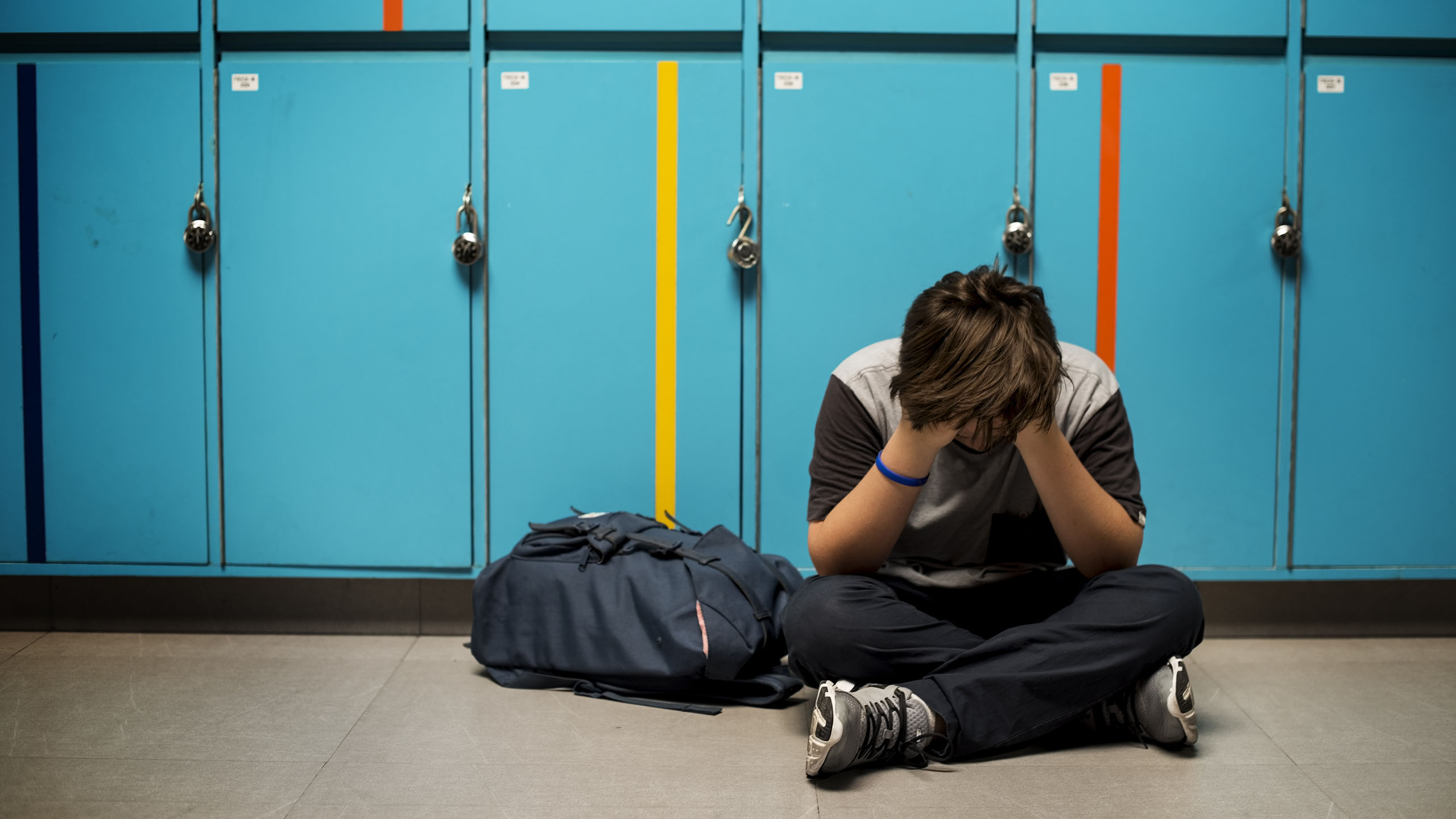Ensuring student safety in a pupil referral unit

Pupil referral units need to be a lot more vigilant to ensure all pupils are safeguarded at school. Working with the most challenging and vulnerable children in any borough comes with an increased risk.
Many of our children are wrapped up in the world of gangs and violence, where just walking to school could mean being attacked or robbed. Some of our boys are being accompanied to school by their parents, others are being picked up by members of staff to ensure they arrive safely, a few have been provided with daily cabs to avoid going through certain areas and to ensure they make it to school every day without being harmed.
For many, this might seem an outrageous waste of resources and taxpayers’ money. For our students, it’s the support they need to be educated, having access to adults who care about them and an opportunity to make friends and forge relationships they would otherwise not have had.
Taking students’ phones has made a positive difference to their focus and learning in class, as well as avoiding the pitfalls of bullying and social media during school hours.
Safeguarding our students doesn’t stop when they arrive at the front gates. Every single student is being searched for phones, weapons, cigarettes, fizzy drinks and sweets. During last year’s spike in acid attacks in London, we even stopped allowing students to bring water into school.
In addition, we take away deodorant spray cans and any other items that could be used to harm someone. We have metal detector wands to ensure some particularly enterprising students don’t bring in concealed phones or weapons into the building.
All students have small lockers where their belongings are kept until the end of the day, with no access to phones until lessons have finished.
Additionally, our key workers and teachers are extremely vigilant and address any unusual behaviours or exchanges between students straight away. Our staff are highly skilled in de-escalating conflict and despite the occasional scuffle our students rarely have fights during the school day.

Key members of staff are trained in ‘positive handling’, aka physical restraint, but we avoid man-handling students at any cost. We believe that everything our students do has to be a decision they make, because they want to do it, not because someone has bundled them into a room by force.
We also make sure that parents are kept informed of everything their children do and have regular, with some parents even daily, contact on the phone. We work in conjunction with parents and even the most challenging care whether their children make progress at school or not.
Information sharing with agencies is another key aspect of our day to day safeguarding the most vulnerable.
We work closely with children’s social services, the youth offending team, our school liaison officers, charities, gangs units, children’s mental health services and the local authority to ensure that every agency involved with a child and their family is up to date with the latest incidents and developments.
This is a huge undertaking and requires much time and information holding on our part – our students are with us for 6 hours a day, we tend to get to know them better than most other agencies involved in their lives.
Our key workers play a huge part in safeguarding – they’re the go-to person for all our students and usually the first port of call if an incident has occurred or there is trouble brewing.
They get to know their key students and their families exceptionally well and are a link between parents, school and outside agencies.
Not only do our key workers support students in lessons, but they take their key students to the GP, to A&E, to sexual health clinics, to counselling appointments, they accompany them to the bus stop, they mediate if there are friendship issues, they listen to their worries and they manage their behaviour on a day-to-day basis.
Our key workers enable us to safeguard our students effectively and they’re our most integral and most valuable resource at school. As a resource, they’re very costly, but the value they bring to safeguarding our students and creating supportive and protective relationships with students of PRU calibre, they’re indispensable.







Responses